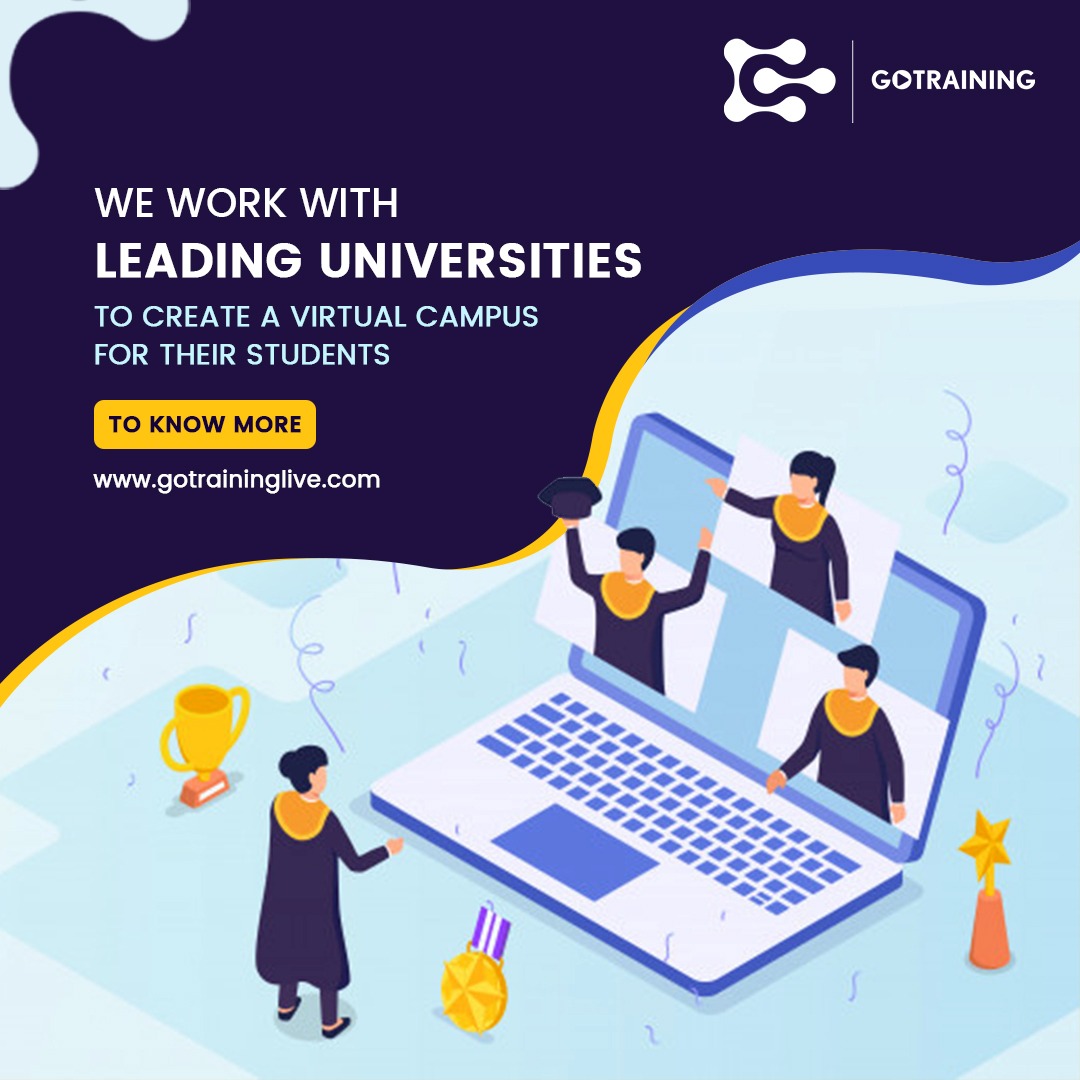


Educational technology is all the rage in 2020 for obvious reasons but it is definitely not a trend that is going anytime soon. Virtual Reality (VR) is already being used for training and skill-building as we have touched in our previous posts. Today, we are exploring the benefit of VR in education, particularly in colleges and universities in an effort to create a multi-faceted virtual experience. Virtual reality is often used as a risk reducer or cost saver but is it really though? Let’s discuss.
What does it take for a classroom to go online? One of the main takeaway from this year has to be that setting an online classroom takes a unique type of dedication and attention to detail — infrastructure stability like mobile and home broadband connectivity, dedicated area to focus on lessons, practical listening device and etcetera. However, it gets further sophisticated with VR that goes beyond learning from a tablet. Firstly, learners should be prepped with a user-friendly process flow to operate via VR for their lessons, especially if it goes beyond an hour. Next, VR tools such as the headsets and controllers need to be ergonomic and readily available in different sizes. Most importantly, application for user experience needs to improved substantially and simplified for enhanced user experience and engagement. This brings to the benchmarks for its content creation— what could be it? Something that existed, but no longer does? Like mummies and Jurassic creatures. How about something that exists but it is beyond human’s physical capability have access like learning about trauma. VR is also especially useful and been helpful in the STEM field by enabling students to explore the human body in the most explicit way.
Experts do argue that VR is merely a novelty byproduct of the emerging tech era because the weight lies on VR as the tool, rather than what VR is utilized for; in this case, could be an engineering lesson someone signed up to learn online. An associate professor at Colorado State University’s Department of Biomedical Sciences was one of the first people as an educator who identified the potential of VR as a teaching tool, despite being sceptical at first. He believed that it solved the problem of looking at two-dimensional neurological and anatomical images and requiring students to understand relationships three-dimensionally. This is made possible as the VR lab comes equipped with 100 Samsung HMD Odyssey+ headsets hanging from the grid ceiling. However, all these just lead to one thing — money.
AR/VR content creation is expensive. However, there are big investments towards the education sector from government and non-profits. One must keep in mind that when integrating these leading-edge technologies, these educational institutions need to ensure there is real alignment to the objectives, to the course content, to the learning activities and to the assessment of the students without being carried away by the sophistication of the tool itself. In addition to that, VR isn’t “real” per se. VR content requires a production line of conceptualizing, designing, prototyping and many more stages until it hits the boardroom before ready for your campus. The pertinent point is that the VR product has to be accessible for your educators or trainers simply because, without easy-adoption, usage would be significantly limited.
This technology can become a step forward for acquiring information by hyper-advancing students’ learning process from a realistic standpoint. It can be fun, but also useful. As mentioned earlier, VR can be expensive but with features like Google Cardboard, it is not out of reach. Ultimately, it is up to an educator to facilitate the lesson and instil the foundation for understanding and for the learners to take those bricks of knowledge to build it the tools given. Our current crisis in education is also an opportunity for disruption, innovation and a fresh start. And mixed reality may be one option for doing just that.